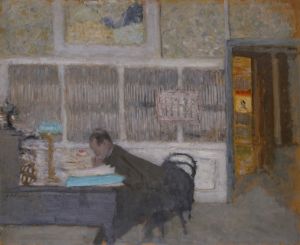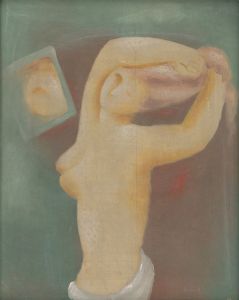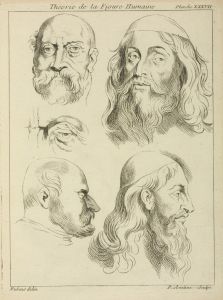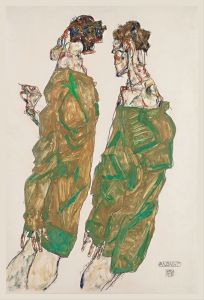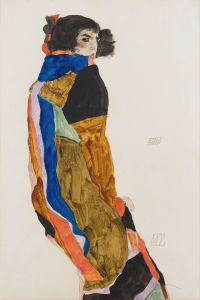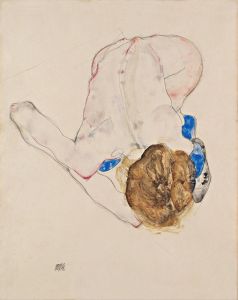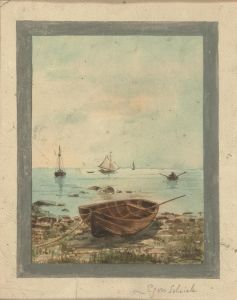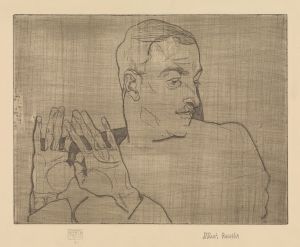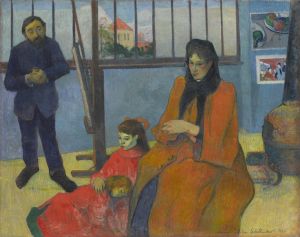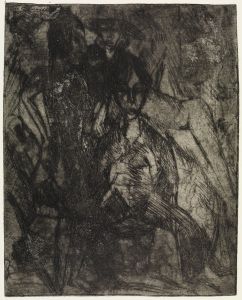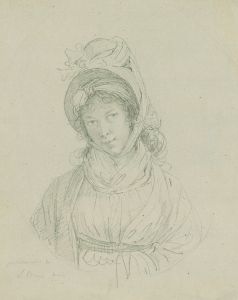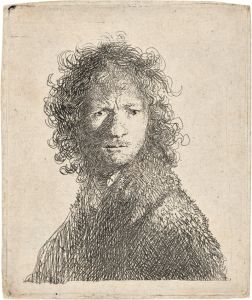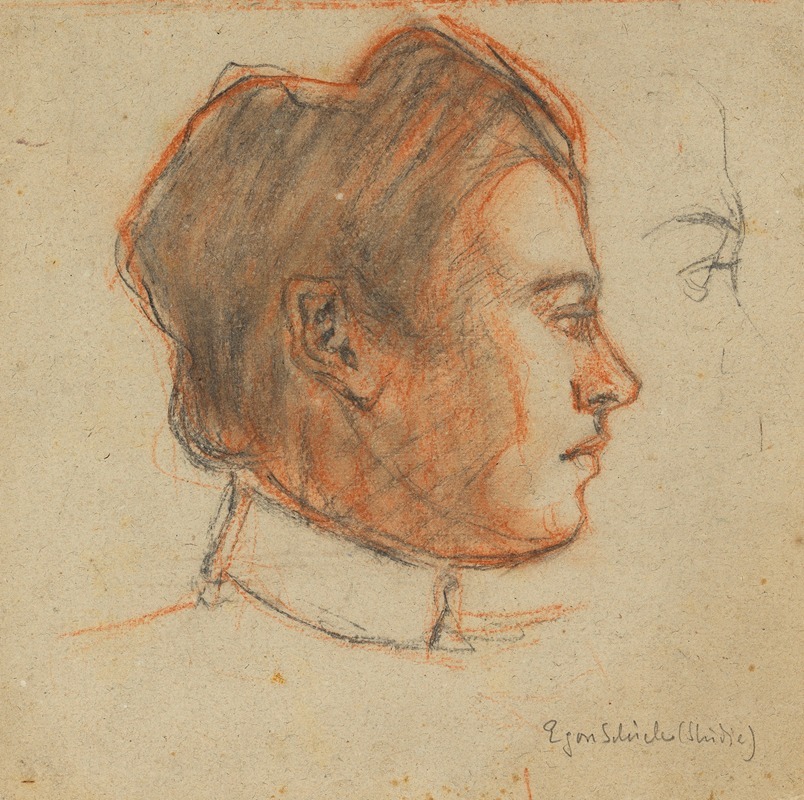
Krumauer Verwandter des Künstlers
A hand-painted replica of Egon Schiele’s masterpiece Krumauer Verwandter des Künstlers, meticulously crafted by professional artists to capture the true essence of the original. Each piece is created with museum-quality canvas and rare mineral pigments, carefully painted by experienced artists with delicate brushstrokes and rich, layered colors to perfectly recreate the texture of the original artwork. Unlike machine-printed reproductions, this hand-painted version brings the painting to life, infused with the artist’s emotions and skill in every stroke. Whether for personal collection or home decoration, it instantly elevates the artistic atmosphere of any space.
Egon Schiele, an Austrian painter known for his distinctive style and contribution to early 20th-century art, created numerous works that have been celebrated for their emotional intensity and raw expression. One of his works, "Krumauer Verwandter des Künstlers," which translates to "Krumau Relative of the Artist," is part of his extensive oeuvre that often explored themes of human form, sexuality, and existential angst.
Schiele was born in 1890 in Tulln, Austria, and studied at the Vienna Academy of Fine Arts. He was a protégé of Gustav Klimt and became a leading figure in Austrian Expressionism. His work is characterized by its bold lines, striking use of color, and often provocative subject matter. Schiele's art frequently depicted nudes and portraits, capturing the psychological depth of his subjects.
The title "Krumauer Verwandter des Künstlers" suggests a personal connection to the town of Krumau (now Český Krumlov in the Czech Republic), which held significant importance in Schiele's life and work. Krumau was the birthplace of Schiele's mother, and he spent considerable time there. The town's landscapes and its people often featured in his art, reflecting his deep connection to the place.
Schiele's time in Krumau was marked by both inspiration and controversy. His presence in the town was not always welcomed due to the provocative nature of his work and his unconventional lifestyle. Despite this, the period he spent there was highly productive, and he created numerous works that captured the essence of the town and its inhabitants.
"Krumauer Verwandter des Künstlers" likely depicts a relative or someone close to Schiele, rendered in his signature style. Schiele's portraits are known for their psychological insight, often revealing the inner turmoil or emotional state of the subject. His use of exaggerated forms and stark, sometimes unsettling compositions, challenges traditional notions of beauty and representation.
Schiele's work was initially met with resistance and scandal due to its explicit content and departure from traditional artistic norms. However, over time, his contributions to modern art have been recognized for their innovation and impact. His ability to convey complex human emotions and his exploration of the human condition have cemented his place as a pivotal figure in art history.
Egon Schiele's life was tragically cut short when he died at the age of 28 in 1918, a victim of the Spanish flu pandemic. Despite his brief career, he left behind a significant body of work that continues to influence artists and captivate audiences worldwide.
While specific details about "Krumauer Verwandter des Künstlers" may be limited, it remains an integral part of Schiele's exploration of personal and familial themes, reflecting his unique artistic vision and the profound impact of his environment on his work.





